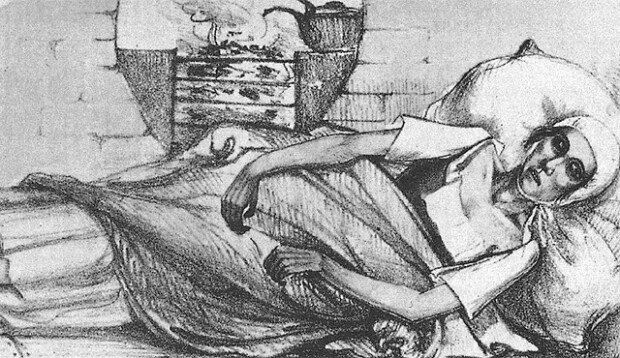'Fears over epidemics' haunted society 150 years ago as well
'Fears over epidemics' haunted society 150 years ago as well
Posted April. 11, 2020 07:54,
Updated April. 11, 2020 07:54

The fear over a massive epidemic weighs on society. At the same time, people scramble to find the cause of the disease outbreak and a solution to overcome their fear. The same held true in London in 1854. Author Steven Johnson, who contributed articles to The New York Times and The Guardian and worked hard to popularize science, shed lights on Broad Street in London after cholera epidemics. The author describes the journey wherein Dr. John Snow and Rev. Henry Whitehead prevented the spread of cholera and thus ended up changing the academic paradigm. Book “The Ghost Map” describes characters with highly immersive narratives and detailed descriptions based on rigorous literature research.
Historical background of this book is Aug. 28 to Sept. 9, 1854. During this period, more than 500 living within a radius of 225 meters from the epicenter became cholera victims. After drinking water pumps were pointed out on Sept. 8 as a hotbed of bacteria, the pump handles were removed and cholera cases started to decline.
Odor was considered the cause of disease in academia, and toxicology was the mainstream theory that suggested filthy and poisonous smell spreading in the air makes people sick. Dr. John Snow and Rev. Henry Whitehead, however, persistently tracked the cholera deaths and found that contaminated water was the culprit.
When they argued cholera is a water-borne disease for the first time, health officials dismissed their claim, saying that contaminated air was so toxic that it even infected water. But an investigation revealed that those pumps had water from contaminated pits containing human waste from cholera victims and all kinds of bacteria. This is the moment a dramatic turn had made in the fight against cholera, and the track history of the disease has passed until today.
The fight against cholera 150 years ago does not sound irrelevant to us. Researchers who are working on developing COVID-19 vaccine, patients and medical staff who fight the disease, and ourselves who write journals on life in shelter-in-place are effectively writing new infection maps that will be left to the future generations. This book is a revised edition, but is still worth reading anew.
pep@donga.com



![“한동훈, 정치생명 걸고 무소속 출마해 평가받는 것 고려할만”[정치를 부탁해]](https://dimg.donga.com/c/138/175/90/1/wps/NEWS/IMAGE/2026/01/19/133186982.1.jpg)


![[한규섭 칼럼]왜 여당 지지율은 떨어지지 않는가](https://dimg.donga.com/c/138/175/90/1/wps/NEWS/IMAGE/2026/01/19/133189257.1.png)
